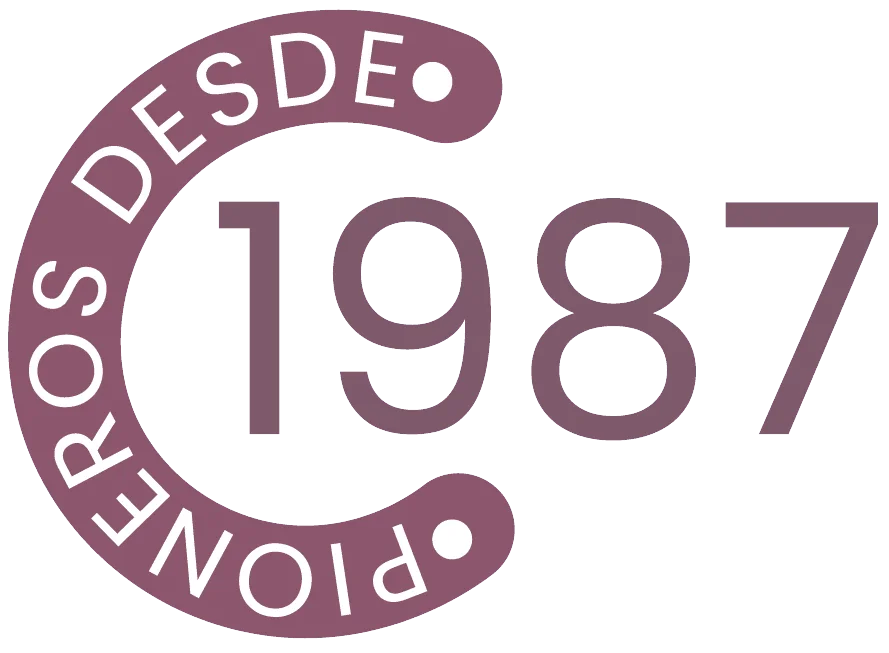Scientific Report
EAA Scientific Report, n1, Barranquilla, January-July 2023
Research Project
Exploring the efficacy of phytic acid and microneedling in periorbital hyperpigmentation: An evidence-based approach.
Explorando la eficacia del ácido fítico y el microneedling en la hiperpigmentación periorbital: Un enfoque basado en la evidencia.
Cristina Escorcia Núñez, Juliana Lubo Cervantes, Mónica Álvarez, Dianela Coba Luna*
*Facial Cosmetology Cosmiatric Students, Corporación Educativa Dr Amin Ariza, Barranquilla, Colombia email: investigacion@mvp.escuelaaminariza.edu.co
ABSTRACT
Periorbital hyperpigmentation (POH), popularly known as dark circles, is a condition characterized by dark coloration around the eyes, which can be caused by the accumulation of melanin, as well as sometimes, deposits of blood pigment. The present investigation aims to implement a protocol as a form of treatment for the improvement and reduction of POH in two female users of phototype 3, aged 19 and 23 years, residing in Polonuevo city, Atlántico and Neiva, Huila respectively. The results showed that the use of 15% phytic acid in conjunction with the application of microneedling (nano-needle head at 0.5 mm depth) is a safe and effective treatment to reduce periorbital hyperpigmentation, as well as to improve the texture and general condition of this area.
Keywords: Peeling, periorbital hyperpigmentation, POH, phytic acid, microneedling
RESUMEN
La hiperpigmentación periorbital (POH), popularmente conocida como ojeras, es una condición caracterizada por la coloración oscura alrededor de los ojos, la cual puede ser causada por acumulación de melanina, así como también en algunas ocasiones, depósitos de pigmento sanguíneo. La presente investigación tiene como objetivo implementar un protocolo como forma de tratamiento en la mejora y reducción de la POH en dos usuarias mujeres de fototipo 3, de 19 y 23 años que residen en el municipio de Polonuevo, Atlántico y el municipio de Neiva, Huila respectivamente. Los resultaron mostraron que el uso de ácido fítico al 15% en conjunto con la aplicación de microneedling (cabezal de nanoagujas a 0,5mm de profundidad) es un tratamiento seguro y eficaz para reducir la hiperpigmentación periorbital, así como para mejorar la textura y condición general de esta zona.
Palabras Clave: Peeling, hiperpigmentación periorbital, POH, acido fítico, microneedling
PROTOCOL DEVELOPMENT
To address the aesthetic alteration, periorbital hyperpigmentation, a cosmetological and cosmiatric protocol was developed and implemented. Said protocol was carried out with a frequency of twice a week, for a total of six sessions. The percentage of phytic acid used was 15% and as for the microneedling device, due to the delicacy of the area to be treated, a head with nanoneedles was used, at a depth of 0.5 mm and linear and circular application techniques.
The users participating in this study are two women with phototype III, aged 19 and 25, residents of the municipality of Polonuevo, Atlántico (User 1) and the municipality of Neiva, Huila (User 2), respectively.
User 1 stated that the presence of dark circles or periorbital hyperpigmentation may be associated with a genetic condition, since her paternal family often presents this condition. On the contrary, user 2 denied a possible hereditary relationship, and stated that POH was mainly due to work stress factors and lack of sleep.
It is noteworthy that in neither case were there any complications during the application of the acid or microneedling, nor were there any adverse or allergic effects. On the other hand, both users stated that they felt very comfortable with the treatment, since the acid did not even cause them itching or burning.
RESULTS
User 1 had a noticeable improvement in the hyperpigmentation of the area, and lower eyelids with smoother and softer skin were also observed, as well as a decrease in the marking of expression lines. The user stated that she felt satisfied, since, in addition to the reduction in dark coloration, she felt a softer texture in the periorbital area, greater hydration and luminosity. Likewise, she emphasized that on an emotional level, she noted a great change in her security and confidence, stating that she felt more beautiful and happy.
Source: Authors
Figure 1. Results for user 1
Likewise, user 2 also showed improvement, by reducing the dark coloration under the eyes. She said she was very satisfied with the result, as she noticed that the skin in that area was brighter, clearer and more hydrated. It is worth mentioning that the factors that led her to develop or aggravate this condition, such as lack of sleep and work and academic stress, did not disappear during the treatment period.
Source: Authors
Figure 2. Results for user 2
CONCLUSION
The results showed that the use of 15% phytic acid in conjunction with the application of microneedling (nano-needle head at 0.5 mm depth) is a safe and effective treatment to reduce periorbital hyperpigmentation, as well as to improve the texture and general condition of this area.
REFERENCES
1. https://www.elsevier.es/es-revista-offarm-4-articulo-belleza-cuidado-ojos-13096630
2. file:///C:/Users/PC/Downloads/Dialnet-LasAntiesteticasOjeras-6327406.pdf
3. Sarkar, R. (2016, 1 enero). Periorbital Hyperpigmentation: A Comprehensive review. PubMed Central (PMC). https://www.ncbi.nlm.nih.gov/pmc/articles/PMC4756872/
4. Graziosi, A. C., Quaresma, M. R., Michalany, N. S., & Ferreira, L. M. (2013). Cutaneous idiopathic hyperchromia of the orbital region (CIHOR): a histopathological study. Aesthetic Plastic Surgery, 37(2), 434-438. https://doi.org/10.1007/s00266-012-0048-2
5. Roberts WE. Periorbital hyperpigmentation: review of etiology, medical evaluation, and aesthetic treatment. J Drugs Dermatol. 2014 Apr;13(4):472-82. PMID: 24719068.
6. Ramaut, L., Hoeksema, H., Pirayesh, A., Stillaert, F., & Monstrey, S. (2018). Microneedling: Where do we stand now? A Systematic review of the literature. Journal of Plastic Reconstructive and Aesthetic Surgery, 71(1), 1-14. https://doi.org/10.1016/j.bjps.2017.06.006
7. Singh, A., & Yadav, S. (2016). Microneedling: advances and widening horizons. Indian Dermatology Online Journal, 7(4), 244. https://doi.org/10.4103/2229-5178.185468
8. https://www.actasdermo.org/es-peeling-quimico-una-herramienta-util-articulo-S0001731016303362
9. Faghihi G, Taheri A, Shahmoradi Z, Nilforoushzadeh MA. Solution of Azelaic Acid (20%), Resorcinol (10%) and Phytic Acid (6%) Versus Glycolic Acid (50%) Peeling Agent in the Treatment of Female Patients with Facial Melasma. Adv Biomed Res [serial online] 2017 [cited 2023 Aug 9];6:9. Available from: https://www.advbiores.net/text.asp?2017/6/1/9/200784
10. Markiewicz-Tomczyk A, Budzisz E, Erkiert-Polguj A. Clinical evaluation of anti-aging effects of combined therapy-Azelaic acid, phytic acid, and vitamin C applied layer by layer in females with Fitzpatrick skin types II and III. J Cosmet Dermatol. 2022 Dec;21(12):6830-6839. doi:10.1111/jocd.15359. Epub 2022 Sep 25. PMID: 36056802.
11. Silva EO, Bracarense AP. Phytic Acid: From Antinutritional to Multiple Protection Factor of Organic Systems. J Food Sci. 2016 Jun;81(6):R1357-62. doi: 10.1111/1750-3841.13320. Epub 2016 May 3. PMID: 27272247.
12. https://www.elsevier.es/es-revista-farmacia-profesional-3-articulo-problemas-pigmentacion-tratamiento-13042394
13. Kontochristopoulos, G., Kouris, A., Platsidaki, E., Markantoni, V., Gerodimou, M., & Antoniou, C. (2016). Combination of microneedling and 10% trichloroacetic acid peels in the management of infraorbital dark circles. Journal of cosmetic and laser therapy : official publication of the European Society for Laser Dermatology, 18(5), 289–292. https://doi.org/10.3109/14764172.2016.1157363




